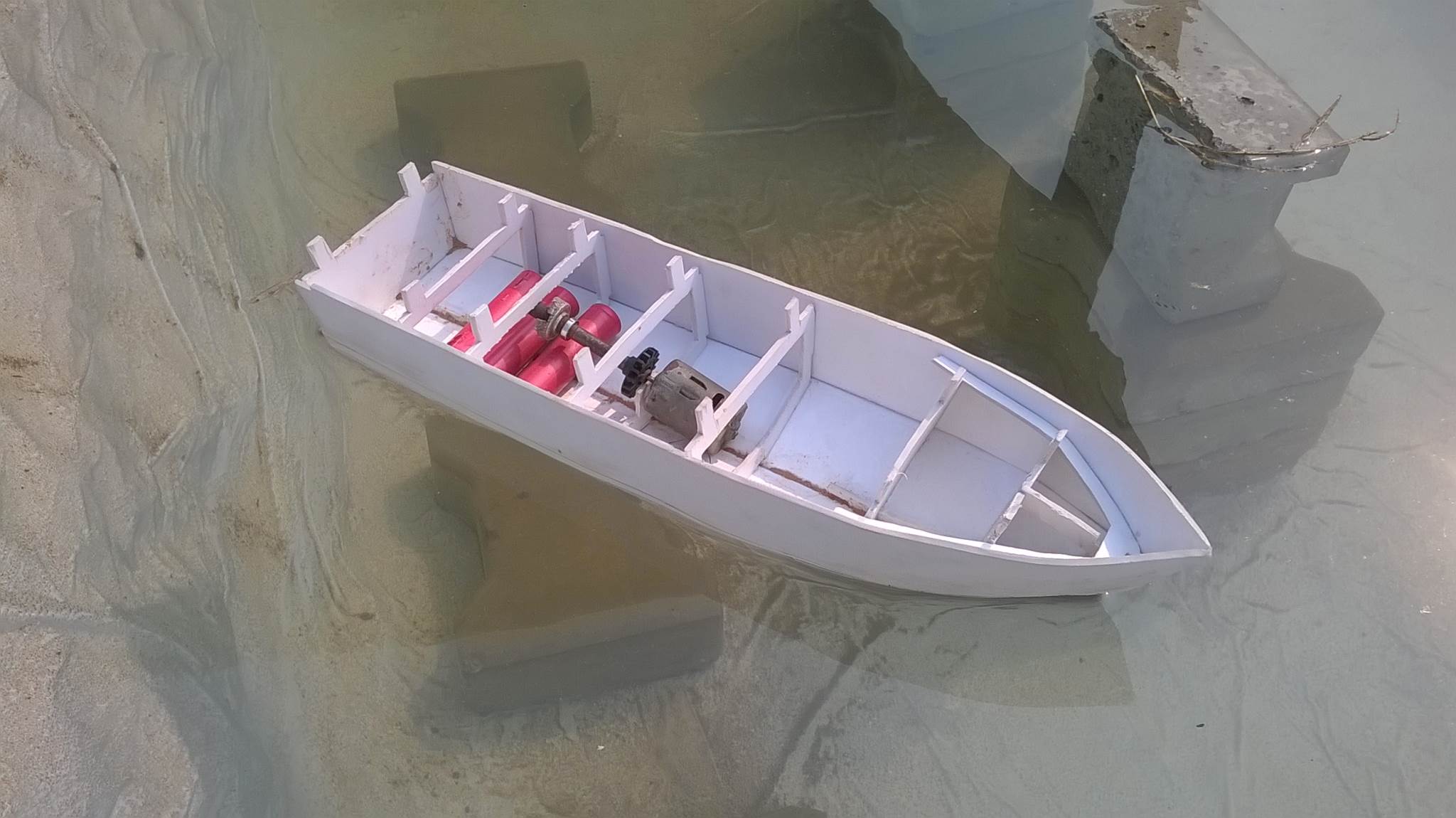
Building Your Own Power Boat: A Beginner's Guide
Hey there, future boat builders! So you're thinking about building your own power boat? That's awesome! It's a challenging but incredibly rewarding project. This guide will walk you through the process, keeping it simple and approachable, whether you're a seasoned woodworker or just starting out. Let's get this show on the road!
1. Planning Your Dream Boat
Before you even think about grabbing a saw, you need a plan. This isn't just about sketching something on a napkin (though that's a great start!). We're talking about a solid design. Consider these factors:
1.1 Size and Type
How big do you want your boat? Start small for your first project. A smaller boat is easier to manage and less expensive to build. What kind of boat are you aiming for? A simple flat-bottom boat is a good starting point. There are tons of free plans online for simple designs.
1.2 Materials
Wood is classic, but there are options! Marine-grade plywood is a popular choice because it's durable and water-resistant. However, fiberglass and other composite materials are also viable, depending on your skill level and budget. Research your options!
1.3 Tools
Gather your arsenal! You'll need basic woodworking tools like saws (circular saw, jigsaw), drills, clamps, and sandpaper. More specialized tools might be needed depending on your design, so check your plans carefully.
2. Building the Hull
This is where the real fun begins! The hull is the boat's body, so getting this right is crucial. The process varies depending on your design and chosen materials.
2.1 Cutting and Shaping
Carefully cut the plywood (or your chosen material) according to your plans. Accuracy is key here! Use clamps to hold pieces together securely while the glue dries.
2.2 Assembling the Hull
Use strong marine-grade adhesive and screws to join the pieces. Reinforce joints with fiberglass cloth and resin for extra durability, especially if you're using wood. Pay close attention to sealing any gaps to prevent leaks.
2.3 Adding Stiffeners
To add strength and prevent flexing, incorporate stiffeners (internal supports) into the hull structure. Their placement is outlined in your boat plans.
3. Adding the Finishing Touches
Once the hull is complete, it's time to personalize your creation!
3.1 Installing the Motor
Securely mount your chosen outboard motor according to the manufacturer's instructions. Safety first! Ensure it's properly aligned and bolted.
3.2 Deck and Seating
Build a deck (the top of the boat) and add seating. Again, this is detailed in your plans. Remember to use appropriate materials for the deck that can handle exposure to weather.
3.3 Painting and Finishing
Protect your boat from the elements with a few coats of marine-grade paint or varnish. This also adds a nice aesthetic touch.
4. Testing and Refinements
The moment of truth! Before you take your boat out into open water, do a test run in a calm area like a lake or slow-moving river. Check for leaks, stability, and motor performance. Make any necessary adjustments based on your test.
Commonly Asked Questions
- Q: What's the best wood to use? A: Marine-grade plywood is highly recommended due to its water resistance.
- Q: How much does it cost to build a power boat? A: Costs vary greatly depending on size, materials, and the motor. Budget accordingly.
- Q: Do I need any special skills? A: Basic woodworking skills are helpful, but many resources are available to teach you the techniques you'll need.
- Q: How long does it take to build a boat? A: It depends on the size and complexity. A simple small boat might take a few weeks, while a larger, more complex one could take months.
- Q: Where can I find boat plans? A: You can find free and paid plans online, in boating magazines, or from specialized suppliers.
Happy building, and remember â€" safety first! Have fun creating your amazing power boat!
0 comments:
Post a Comment
Note: Only a member of this blog may post a comment.